NEUROSURGERY is a highly specialized surgical subspecialty that involves i) medical treatments ii) physical treatments iii) interventional or endovascular procedures and iv) minimally invasive microsurgeries for treating a very wide spectrum of clinical conditions and diseases that happen at our BRAIN and SPINE. Among all, treating STROKE and PAIN are the basics of Neurosurgery daily practices.
In the other words, NEUROSURGEONs, with their knowledges and trainings, together with their sophisticated micro-instruments, utilize their operative skills under the microscope, they treat wide spectrum of clinical conditions and diseases that happen along human nervous systems and its surrounding tissues; skull, spinal column, vessels and related tissues.
The followings are the summary of the common routines in Neurosurgical Practices:
with numbness, pain, weakness at arms or legs, sciatica pain at legs.
with spinal cord or cauda equina nerves compressions, causing pain, numbness, weakness at arms or legs, disturbed gait, disturbed urinary habit and bowel habits, disturbed sexual function.
with back pain, nerves compressions, spinal instability or scoliosis:
Minimally Invasive Spine Fusion Surgery under Microscope:Among all Neurosurgeries, minimally invasive spine surgery (MIS Spine Surgery) are the microsurgeries that Neurosurgeons most commonly perform among their routines.
For all spine surgeries, Neurosurgeons apply their knowledges of nervous system and spinal column, and also their microsurgical skills and techniques, together with their micro-instruments of brain surgeries. Sometimes, Neurosurgeons may also add the technique of Continuous Intra-Operative Neural Monitoring (IOM) to monitor the nerve signal transmission function along brain, spinal cord and nerves during surgery, so as to assure patients’ good neurological outcome in spine surgeries.
With the ever-advancing Medical Technology, seeking a second medical opinion is now the standard practice for all kinds of medical diagnoses. Getting a second medical opinion from another Medical Expert is a decision-support tool for ratification or modification of the medical suggestions from other doctors.
Second medical opinion may have critical impacts on the disease outcome by influencing the followings, namely 5Cs:
Brain tumors can be subdivided into non-cancerous benign tumor and malignant cancerous tumor. If a tumor is originated within brain compartment ......
Tumors can develop in the vertebrae, nerves, and other tissue throughout your spine. Some spine tumors, such as astrocytomas, occur more commonly in children and adolescents......
Given the disease burden of strokes, prevention is an important public health concern. As stroke neurosurgeons, we do not want to treat stroke unless we are forced to do so for acute stroke ......
Brain tumors grow and compress normal brain tissue. Both benign and malignant tumors can cause swelling of the brain and raised intracranial pressure. Headache, dizziness....
Decades ago, diagnosing and treating brain tumors were with great difficulties. With advancing imaging and microsurgical techniques, many brain tumors can be nowadays diagnosed at an early time, so as to increase the cure rate for treating brain cancer.
Brain tumors can be subdivided into non-cancerous benign tumor and malignant cancerous tumor.
If a tumor is originated within brain compartment, it is called primary brain tumor. If a tumor was spread from other parts of the body and go to the brain, it is called secondary brain tumor. Some types of cancer, i.e. lung cancer and breast cancer are more likely to spread to the brain.
As long as those benign brain tumors can be treated by surgery in time, they generally do not pose a threat to life. Though sometimes tumor cells remain after surgery may grow again, this type of recurrent benign tumors can again be surgically removed. If benign brain tumors grows at inappropriate locations or if they are big in size, they may be life-threatening. For malignant brain tumor, though rarely spread to other parts of the body, they may penetrate into the surrounding normal brain tissue and pose a threat to life.
There are more than 40 types of brain tumor, can be grossly divided into two main categories, namely benign and malignant tumors.
Benign tumor
Malignant tumors
Hydrocephalus
Brain fluid (cerebrospinal fluid) is contained within brain cavities and flow through narrow corridor at some regions. If brain tumor blocks the flow of brain fluid, there will be increase in hydraulic pressure and will put pressure on the brain; may resulting in cerebral edema or brain swelling.
What cause of brain cancer is still remains unclear. However, the following factors may contribute:
However many patients were without any of the above listed risk factors.
Staging for brain tumor
Brain tumors are categorized into four stages depending on their rate of growth as well as their ability to invade nearby tissue.
Patients with brain tumors may complain symptoms of headache, dizziness, vomiting, blurred vision, limbs weakness, etc.. Other symptoms include seizures and endocrine disorders; Personality or behavior changes may also occur. With modern advances in brain imaging technology, Computerized Tomography (CT) scan and magnetic resonance imaging (MRI) are the most commonly used diagnostic tools.
MRI does not involve radiation risk. Patients are required to lie inside the scanner with a strong magnetic field. Patients will not feel pain during the scanning process. MRI images can be achieved in a number of different angles and through a variety of different "signals", so as to letting us to explore more about the tumors’ nature, thus allowing neurosurgeons making the most appropriate treatment plan for patients.
Nowadays the microsurgery techniques allow neurosurgeons to perform minimally invasive brain surgery in a more secured environment. Under normal circumstances, patients often do not need to shave off bold for undergoing a brain surgery. Postoperative recovery time is also much shortened. For certain types of tumors, such as acoustic neuroma, non-surgical methods such as radiosurgery treatment is also available to be an effective and yet reliable treatment options carries only few side effects.
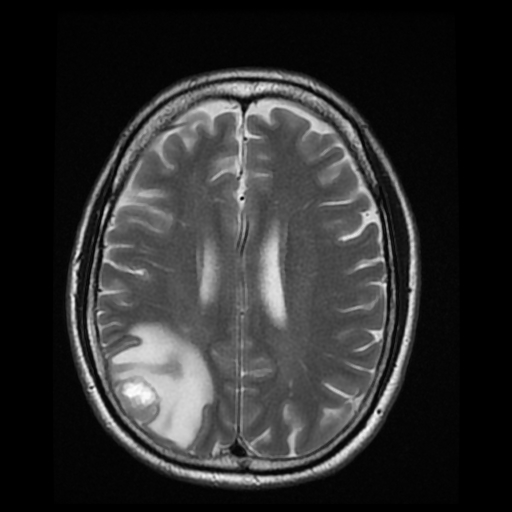

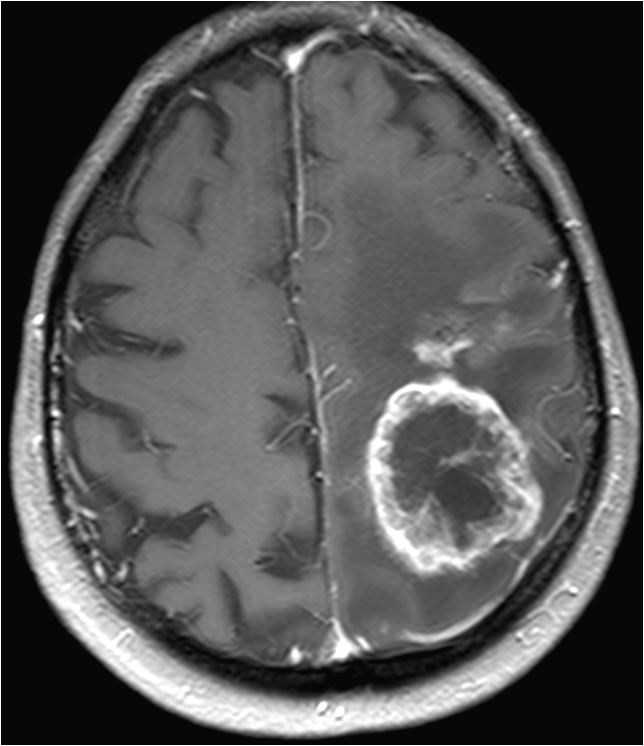
Stroke sometimes referred as a cerebrovascular accident CVA), is a disease that affects the blood vessels at neck or brain, causing disturbance of blood supply to brain or causing pressure to brain, leading to the rapid loss of brain function. 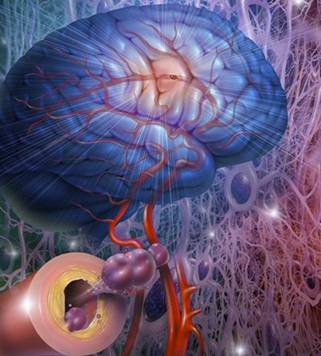
Effects of stroke:
The brain is an extremely complex organ that controls various body functions. If a stroke occurs, brain cells and body functions may be permanently damaged, it may even cause death.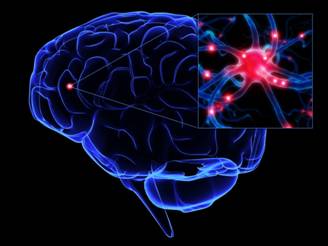
Urgency of Stroke:
A stroke is a medical emergency, require urgent treatments in order to minimize the chance of permanent neurological damage and death.
How common is stroke?
Stroke is the 4th leading cause of death in Hong Kong. There were around 25000 stroke cases happened every year, around 68 stroke cases happened every day.
How stroke be compared with heart attack?
Heart attack is more common than brain attack, ranked the second killer in Hong Kong. Both heart attack and brain attack (stroke) are due to vascular disease of various causes. Patients suffering from either one of them have similar chance of being death. However survivors of heart attack can enjoy normal life without any physical disability, most of the stroke survivors however are permanently handicapped. Thus stroke is leading to a tremendous impact to patients themselves, their family, their social life and the whole society.
Physical Impact of stroke:
Depend on the type and the severity of stroke, among all stroke patients, stroke caused death in 25%-60% of them and caused permanent disability in 75-90% of them. Therefore disabling stroke survivors is the leading cause of disability in our community.
Family impact of stroke:
Stroke not only disable a patient, but it also disable patient’s whole family (spouse, parents, offspring and other relatives). To take care a stroke patient, the whole family exhaust their efforts in term of physical supports, psychological supports, financial expenditure and loss, and disturbance of their normal social life. Stroke not only disrupt the long term family planning i.e. offspring’s education, but also the harmony of the whole family.
Psychological impact of stroke:
Depression and suicidal tendency are common among stroke survivors and their relatives.
Financial impact of stroke:
Not only the stroke patient loss his regular salary income for a long period or for life, but also his or her spouse or parents who take care the patient. In addition to the medical expenditures required for stroke care and rehabilitation, the whole family faces a huge financial burden.
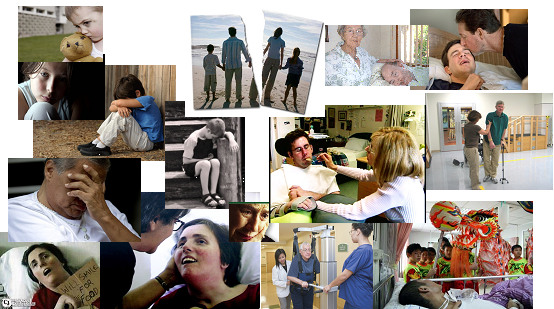
Impact of stroke to our community:
Stroke causes huge financial cost to our community and Government. Not only the direct cost involving in the medical care for stroke patients is huge (acute phase, rehabilitation phase and infirmary phase), but also the indirect cost. The indirect cost involves the loss of productivity of the patients themselves and that of their care-takers, also involves the indirect economic loss due to familial and social harmony.
We are a medical group consists of experience registered nurses of neurosurgery training and experience neurosurgeons who subspecialized in skull base, spine and neurovascular surgery.
For decades, we have been treating stroke patients and patients with other brain and spine problems in both public sector and private sector in Hong Kong.
We also provide 24 hours emergency medical advice, assistance and treatments.
Apart from taking care local patients in Hong Kong, we also serve patients in Macau, Mainland China and other countries by providing emergency medical services, including Distant Tele-medicine Advice, international medical rescue and evacuation, arranging medical air-transfer or ground-transfer, medical escort, etc.
Kowloon - Unit 1107, Grand Centre, 8 Humphreys Avenue, Tsim Sha Tsui, Kowloon (MTR T.S.T. Station A2 Exit) Contact no: 2367 6116
Central - 18/F, Euro Trade Centre, 13-14 Connaught Rd Central, Central, Hong Kong (MTR Central Station A Exit) Contact no: 2367 6116